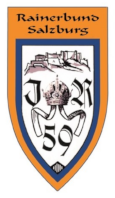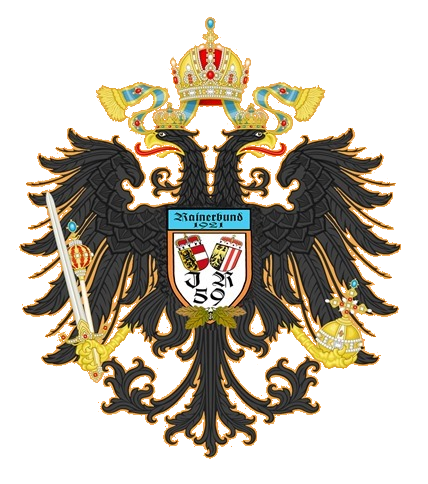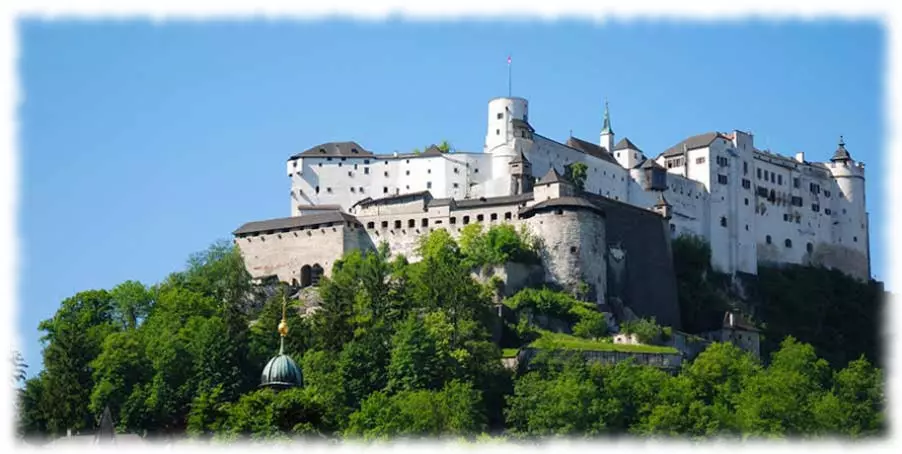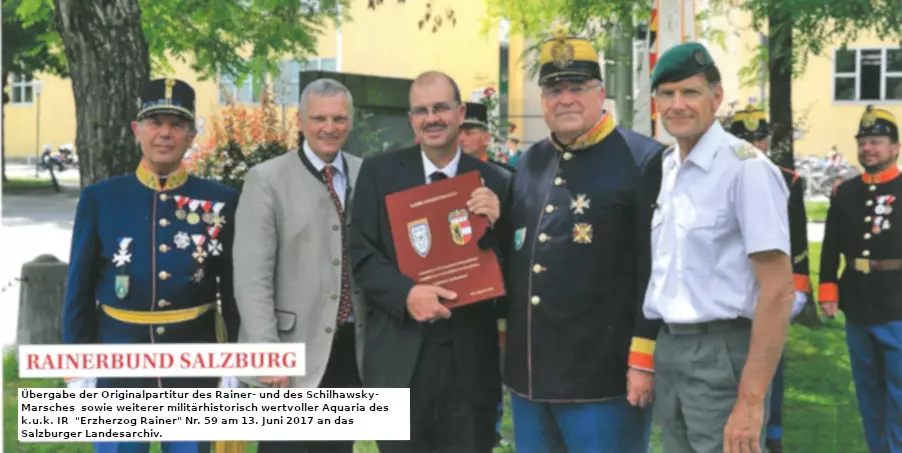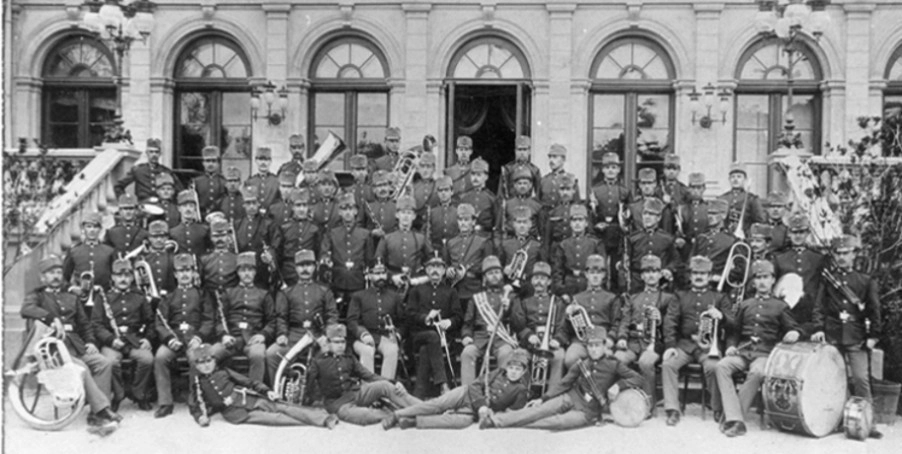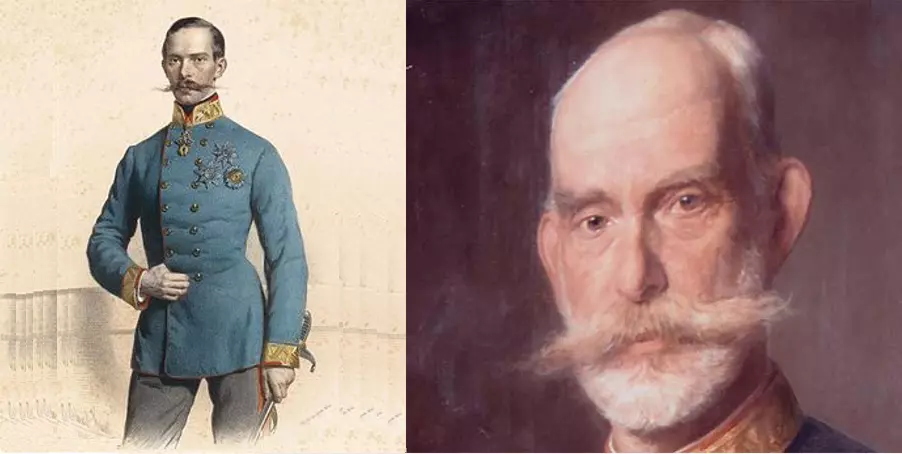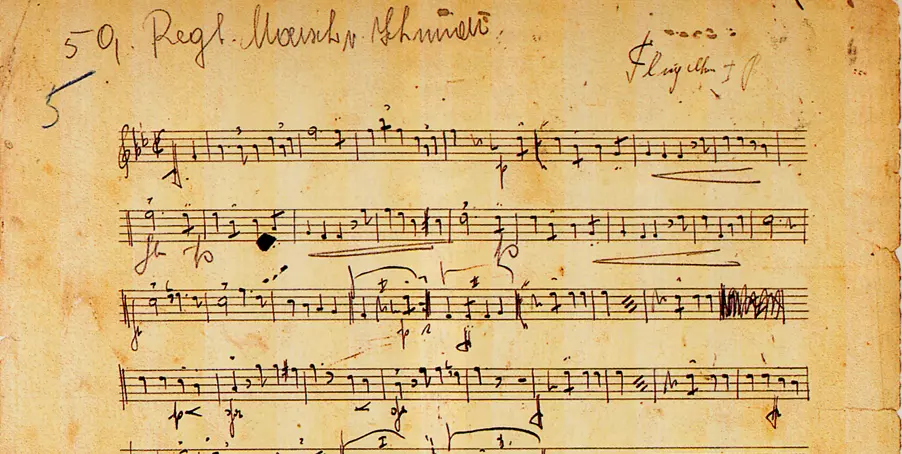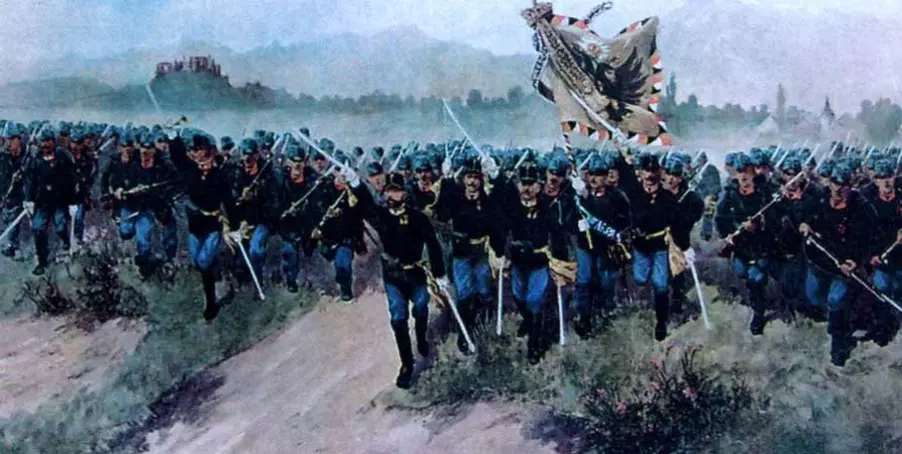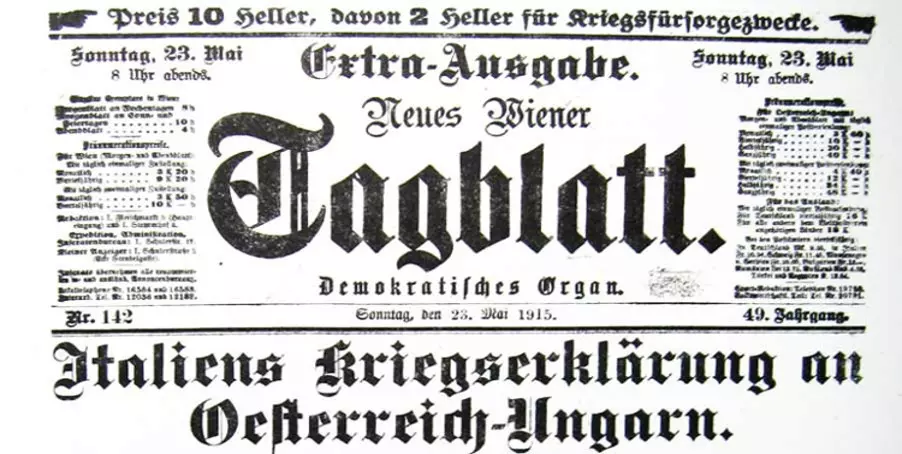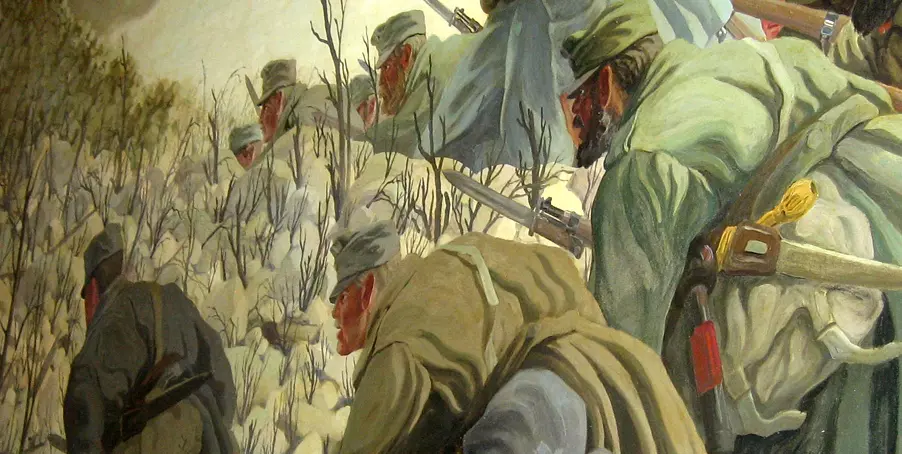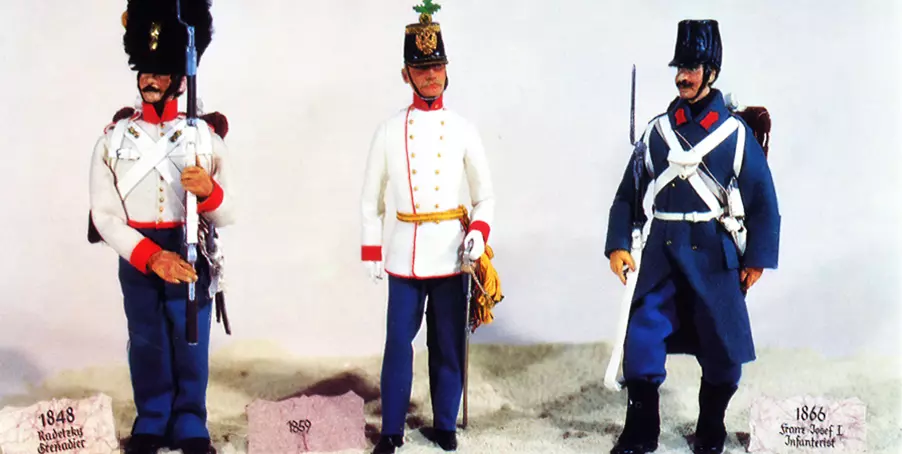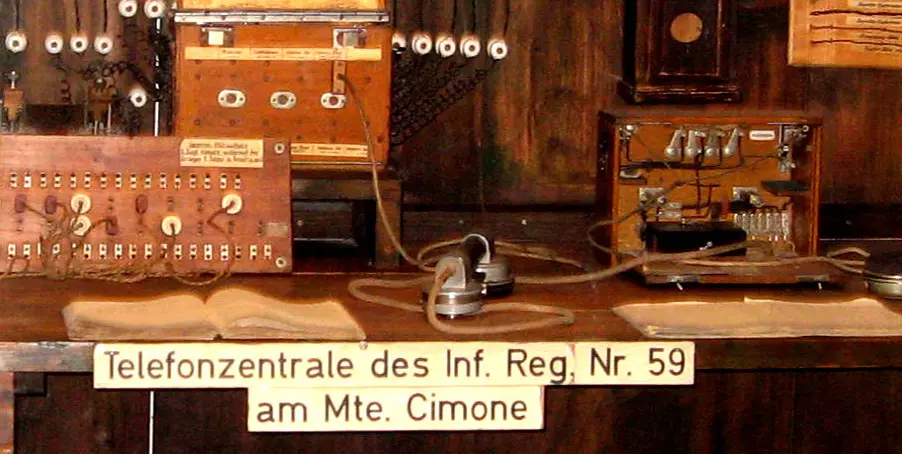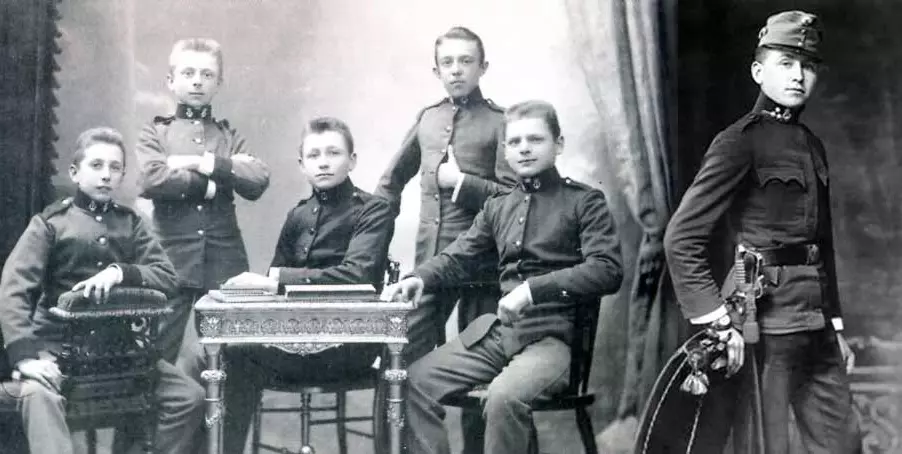The following units of the Austrian armed forces have had a major part in preserving the traditions of infantry regiment "Erzherzog Rainer“ ("Archduke Rainier“) No. 59 since the end of World War I:
Salzburger Alpenjägerbataillon Nr. 3
(Salzburg Mountain Infantry Battalion No. 3)
Infanterieregiment Nr. 12
(Infantry Regiment No. 12)
1935
Gebirgsjägerregiment Nr.137
(Mountain Infantry Regiment No. 137)
1938
Salzburger Feldjägerbataillon Nr. 29
(Salzburg Infantry Battalion No. 29)
1956
Ausbildungsregiment Res. Brig. Nr. 8
(Training Regiment, Reserve Brigade No. 8)
1963
Landwehrstammregiment Nr. 82
(Territorial Army Regiment No. 82)
dissolved in 1992
Jägerregiment Nr. 8
(Infantry Regiment No. 8)
dissolved in 1999
Jägerbattaillon Salzburg "Erzherzog Rainer“
(Infantry Battalion Salzburg "Erzherzog Rainer“)
since 2006
Following initial meetings of former members of k.u.k. Infantry Regiment "Erzherzog Rainer“ Nr. 59 in 1919, the so-called "Rainerbund“ was founded. Since then this association has been dedicated to keeping up the traditions and memory of the old regiment. During military and other events its group of standard bearers still wears the uniform introduced in 1868 and worn at parades at that time. In 1989 it temporarily merged with the association of members of former Mountain Troops Regiment No. 137.
In spite of considerable and painful losses in 1945 it was possible to maintain the regimental museum. In 2014 a reorganisation and renovation was begun under newly elected president Mag. Markus Lechner.
The dissolution of Infantry Regiment No. 8 was direct impetus for HR Dr. H. Glaser and conductor Paul Hofbauer to found the wind band Rainermusik in Salzburg – as an orchestra dedicated to the musical tradition of "old“ Austria. In the meantime the orchestra – holding up the memory of the former regimental band – has established an excellent reputation within the world of wind bands.
Since 1998 the "Rainer-Traditions-Schützenkorps“ founded by Obstl i.Tr. Guido Zobl, also takes part in traditional military events – wearing its uniforms true to the original ones, as worn before 1918.
Besides the Rainerbund of the provincial capital there are also Rainerbund Associations in Haag am Hausruck, Ostermiething, and Ried im Innkreis (all of these situated in Upper Austria, where a considerable number of the recruits of the regiment came from).
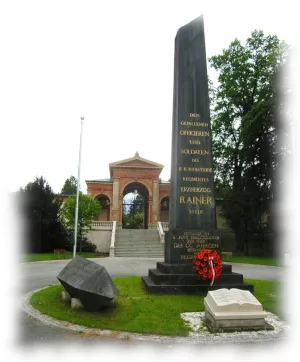
The Rainer-Obelisk at the entrance to the Kommunalfriedhof (central cemetery of Salzburg), the Rainer Memorial at the inner courtyard of the fortress, the Rainer Cemetery within the Donnenberg-Park in Salzburg-Nonntal, the Albori Memorial in the village of Elsbethen (memorial to general Albori, for some time commander of infantry regiment 59 during World War One), as well as some road names (e.g. Rainerstrasse in Salzburg, Hans-Schmid-Platz in Salzburg-Maxglan, Erzherzog Rainer Straße, Schwarzenberg Kaserne, Wals-Siezenheim, Erzherzog Rainer Kai in Hallein) still tell of Salzburg's former major infantry regiment.
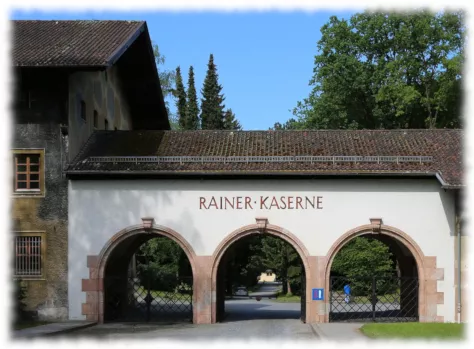
The so-called Rainerkaserne (Rainer barracks) in Glasenbach – once a jewel among Austrian army barracks – was sold to Red Bull by the federal government in 2013, annihilating one more cornerstone of military tradition in Salzburg! Thousands of recruits trained there will remember it as "their“ army barracks.
In 2006 infantry batallion Jägerbataillon Salzburg „Erzherzog Rainer“ was established as an especially important, contemporary contribution towards keeping alive the tradition of the Rainer regiment. It is part of the Austrian militia (may be called upon in case of mobilisation) constitutes the only infantry fighting unit in the province of Salzburg. With a required strength of 692 members it consists of the battalion headquarters, the staff company and three infantry companies. A supporting partnership exists between the battalion and Salzburg AG (public electricity and transport industry). At present its home is the Strucker barracks in Tamsweg.
In memory of leaving its garrison Bregenz at the outbreak of World War One in August 1914, a commemorative plaque was put up there by the Rainerbund.
Collective historical conscience is roused most of all by Salzburg's "second provincial anthem“, the regimental march "Rainermarsch". It is most appreciated up and down the country. The mortal remains of its composer, Prof. Hans Schmid, have been put to rest in a beautifully designed, honorary double grave, maintained by the City Council of Salzburg.
Rainerbund Salzburg pledges itself to keeping up the tradition linked to military history. In this endeavour it is grateful for the excellent support it has received from the military command of Salzburg throughout the years and decades.
